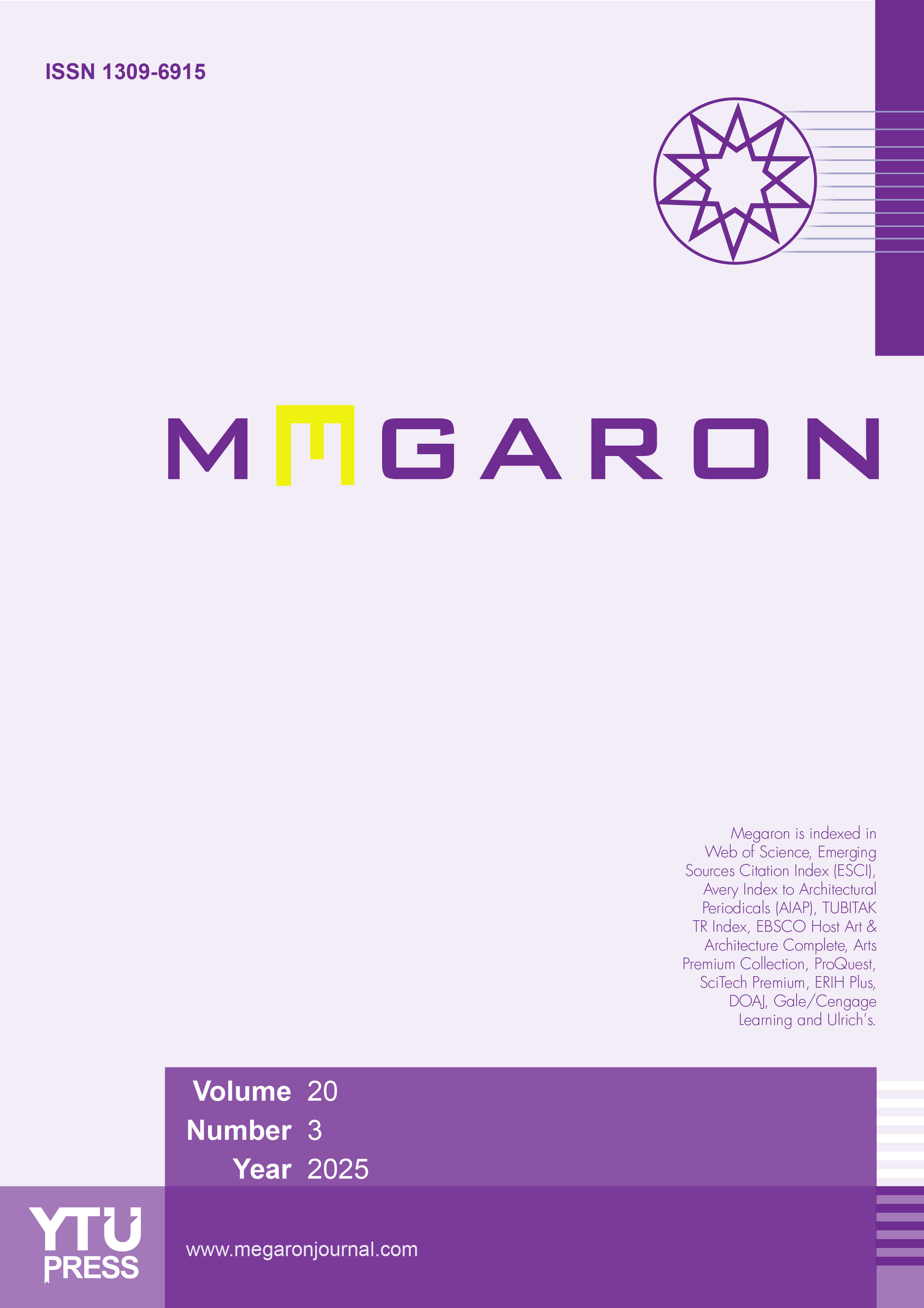A critical vocabulary for future architectural criticism based on the peripheral unfocused vision of Sancaklar Mosque, Istanbul
Şengül Öymen Gür1, Pınar Öktem Erkartal2, Serap Durmuş Öztürk31Department of Architecture, Istanbul Beykent University, Istanbul, Türkiye2Department of Interior Architecture and Environmental Design, Istanbul Atlas University, Istanbul, Türkiye
3Department of Architecture, Karadeniz Technical University, Trabzon, Türkiye
This article serves as a platform to invent critical vocabulary for future architectural criticisms, using the Sancaklar Mosque in Istanbul as a compelling case study. The main argument of the article is to show how architects need to understand minimalism in detail. It challenges the use of Minimalism drawing inspiration from Christopher Alexander's paradigms of 'Wholeness'. The study investigates the mosque from various viewpoints, such as ontology, topography, anchoring and emplacement, body and entanglement, temporality and spatiality of time, the cosmogony of light and earth, embodiment, motility, atmosphere, and emotions. The synergistic relationality interprets wholes as dynamic, generative fields sustained by intensive parts that integrally belong to and support the whole. The authors delineate a particular approach to research and criticism based on a ‘peripheral unfocused’ vision suggested by Ehrenzweig. The study’s underlying seminal phenomenological concepts include ‘erlebnis,’ lifeworld, and ‘Dasein.’ Ultimately, it argues that Minimalism alone is not a sufficient tool for modern architectural aesthetics to render a building effective, but it sustains the synergistic relationality within the whole. It deals with its architecture’s sensory, semantic, and corporeal metaphorical qualities and discusses the
mosque in the general context of phenomenology. In conclusion this article seeks the “inner language” of Sancaklar Mosque, as Pallasmaa calls it, and finds it in the building's integration with nature, space, people and even the philosophy of its function.
Manuscript Language: English








